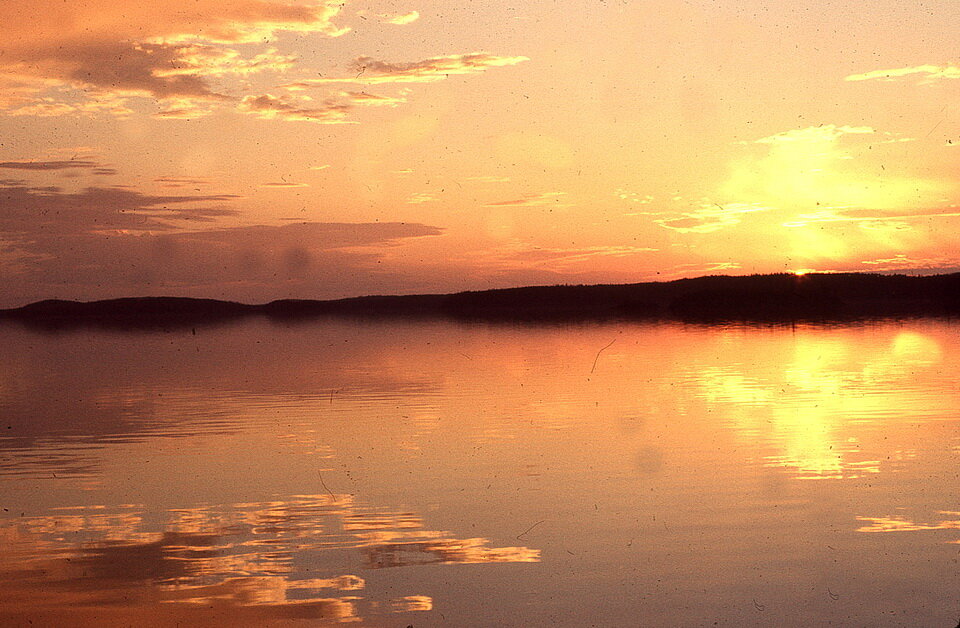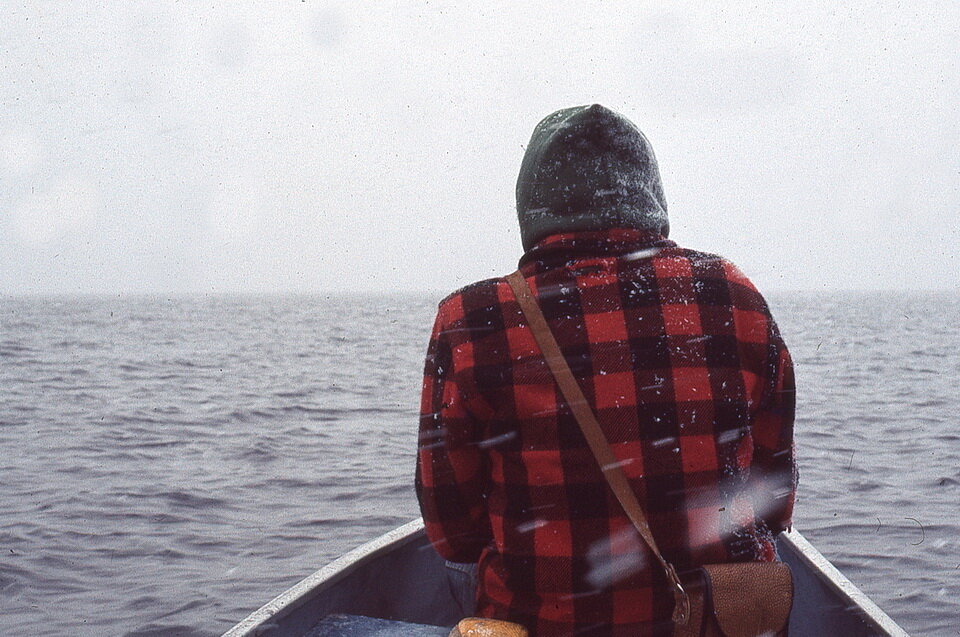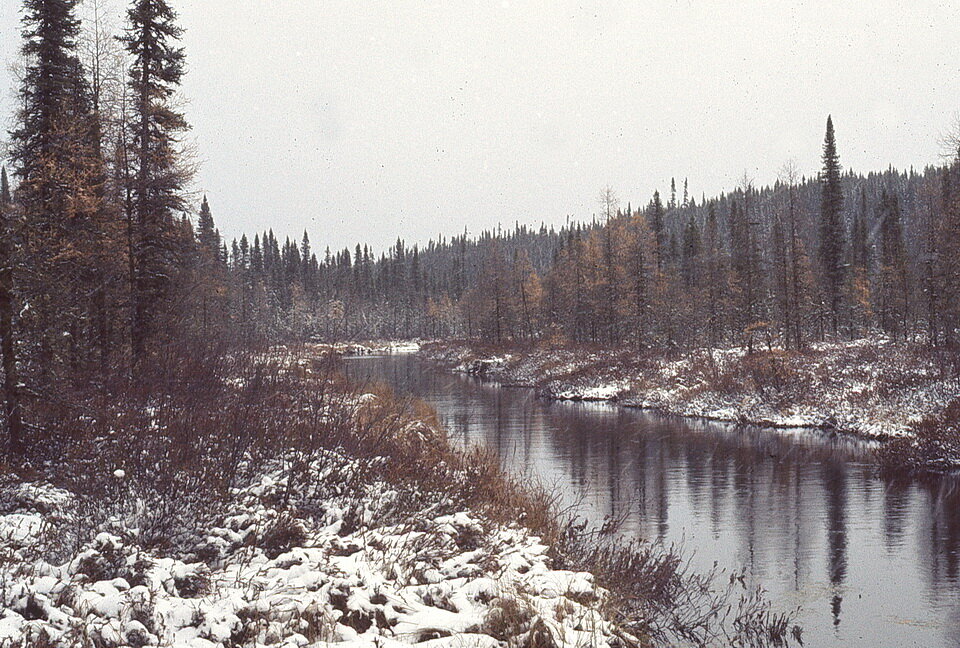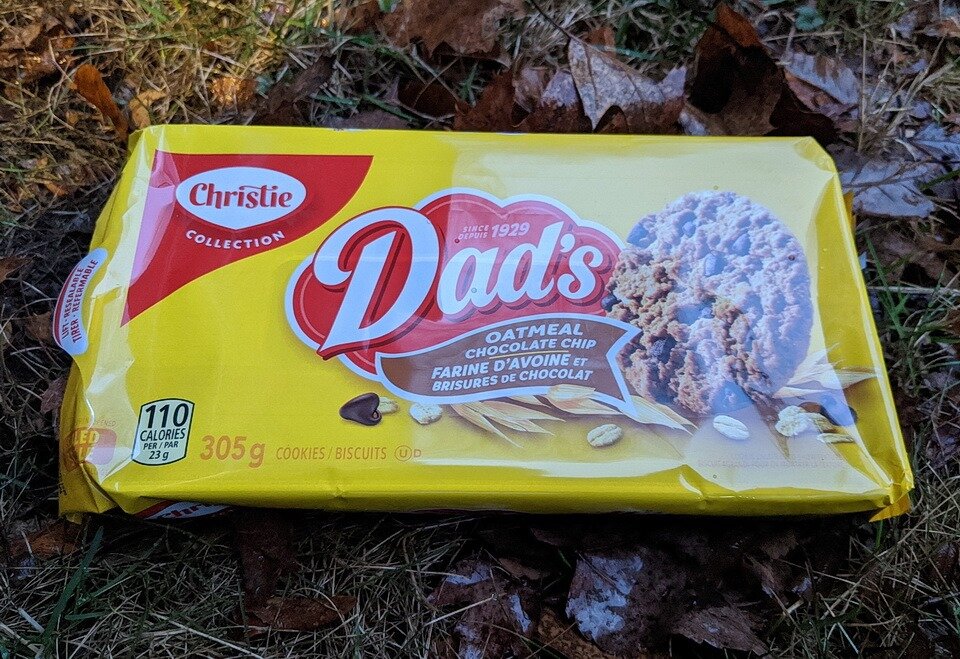Far North Rambles #15: Never Enough Cookies
Far North Friday: “You can never have too many cookies”: One of the treats of a bush camp is having cookies. They are my comfort food and a treat. But you need discipline to ensure you don’t eat them all at once. After all, it can be 1-2 weeks before the next food flight arrives. When shopping in preparation for a bush camp, I would remind myself, “you can never have too many cookies”.
One late fall, we flew out of Savant Lake (Ontario) to carry out a 2 week mapping project. We were to set up a tent camp on Hill Lake. Our Beaver plane pilot rejected the preferred camp location because the lake was shallow and rocky close to shore. That meant the camp location we left on the wall map at the air carrier was incorrect. Not a good practice, but it was common to change planned campsites on the first flight in, when the pilot was able to assess the risks of a shore landing.
We completed the mapping the day before we were scheduled to get picked up. That last evening in camp, I sat on the edge of a rock ledge overlooking the large lake. The evening was beautiful: no wind, glassy calm lake, no bugs, unseasonably warm, great sunset, and the birch and poplar tree leaves glowed gold in their fall colours.
Sunset over Hill Lake, northwestern Ontario, north west of Savant Lake. Image by Andy Fyon, October, 1976.
But something was different. The bush was eerily quiet. No red squirrels scolding us. Not a single bird flitted from tree to tree. The loons were quiet. It struck me as being really odd. Generally, there are signs of life in the bush. But not that evening. Could it be that the birds and animals knew something that we did not?
We woke up the next morning to a winter wonderland. About 1 foot of wet snow fell quietly overnight. No blizzard. No big winds. Just a gentle blanket of snow. Snow continued all that day. There was no way the plane would fly. The cotton tents sighed under the weight of the snow, but we had built strong tent frames and we did not worry about a tent collapse. We dug out the few pieces of wood to burn in the airtight stove and slogged through the knee deep snow to find dead trees to make more firewood. The big challenge was to avoid the snow bombs that fell from the trees and shockingly found their way down your neck and back.
We sought refuge in the kitchen tent to plan. We were resigned to spend at least 1 day, or more, in the camp until the weather cleared and the planes could fly. We were rushing towards winter “freeze up”, and although the lake was not frozen now, we knew it would freeze soon. That afternoon, we set out in the canoe to check out a possible creek and overland escape route. It was an unusual, and slightly uncomfortable experience to canoe in a heavy snow storm, but if the lake started to freeze, we wanted to have at least one or two escape options.
We needed to check out a contingency plan. We set out across Hill Lake (northwest of Savant Lake) in the canoe during a snowstorm to assess if we could canoe up a small creek and then hike through the bush to reach a road. It was an interesting experience to canoe in a snowstorm. Safety Note: we did have life jackets, but we sat or kneeled on them. The bad and unsafe practice of not wearing a life jacket would not be tolerated today. Image by Andy Fyon, October 1976.
We tried to canoe along a small creek. If passable, we might be able to hike out towards a road. Or, perhaps we would identify a site along the creek where a helicopter might be able to land. We knew we did not want to wait a month for the lake to freeze solid!
The creek that we checked out in the afternoon of the snowstorm to see how far we could take the canoe. This was part of our contingency escape plan. Image by Andy Fyon, creek off of Hill Lake, northwestern Ontario, October 1976.
Back to our contingency planning. It is impossible to hold a meeting in the kitchen tent without drinking coffee and eating. You guessed it - cookies! We ate cookies, drank coffee, made contingency plans. And ate more cookies. The snow fell all day and into the evening. Despite our herculean restraint, we could not resist and the cookies expired by evening.
We woke the next morning to a windy, cold, sunny day. The lake was not frozen. The float plane would fly. Time to have a celebratory cookie or six. Oh yea, the cookies were gone. Reality set in. We would have to wait until we got back to Savant Lake before we could toast the end of the mapping season with cookies.
So, despite best efforts, and despite my best advice to myself, I came to realize you can never have too many cookies in the bush, especially when you are cloistered in the kitchen tent, and under a tiny bit of emotional stress.
In the Far North Friday post #17, which is Part 2 of this story, I will share two practices to help pilots find you in the bush.
Cookies are my comfort food, so I always made sure we had several packages in the food order when we set out to establish, and work out of, a fly-in tent camp.




